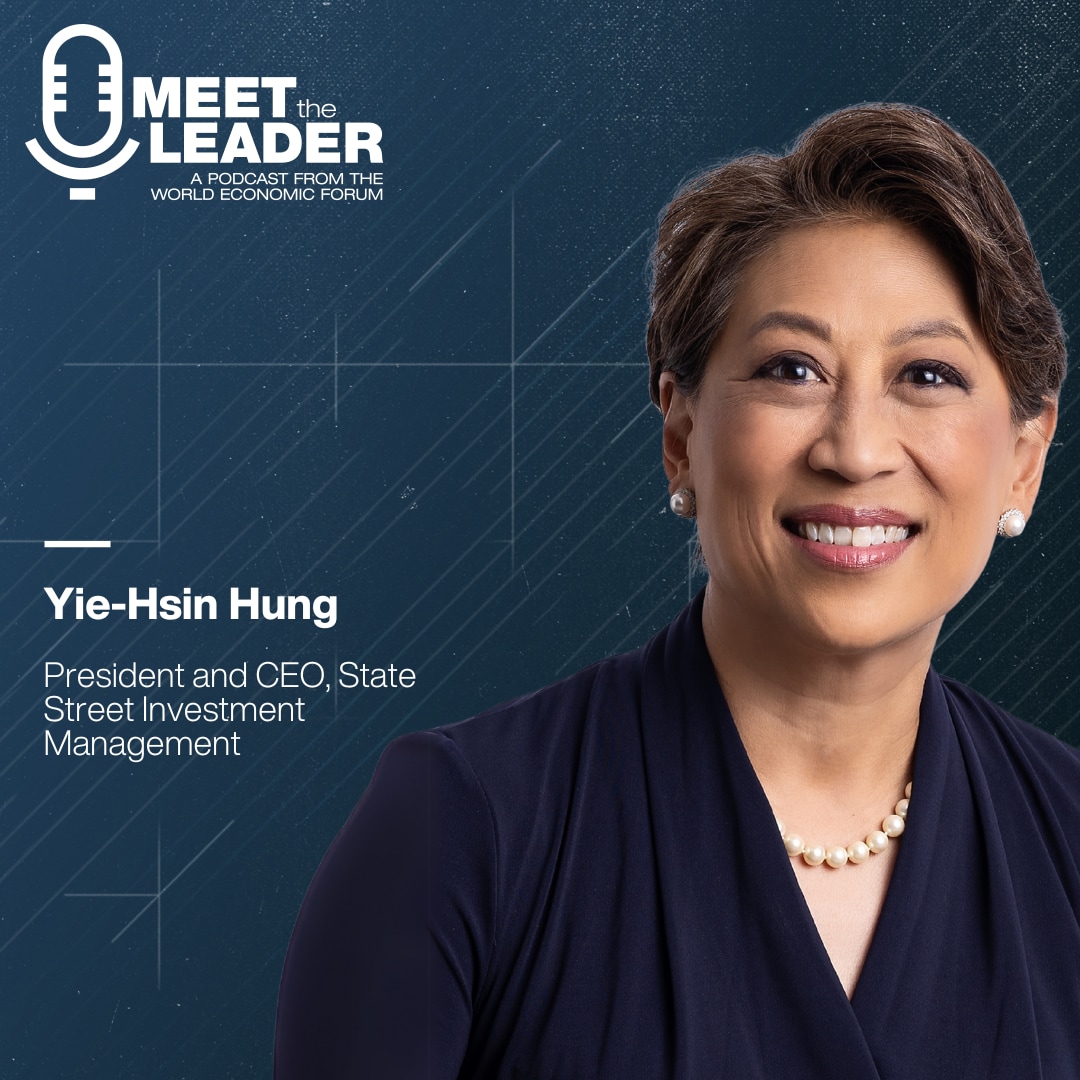Four trends shaping the future of aid in Africa
Stay up to date:
Africa
As we gather for the World Economic Forum on Africa in Abuja, Nigeria, the debate about aid is taking on a strategic form as a new global compact is being negotiated when the Millennium Development Goals (MDGs) expire in 2015.
The debate about aid, and the broader context of development finance, is being shaped by a few key trends:
First, while globally aid has increased, we know it has declined for the poorest countries in recent years. Middle-income countries, meanwhile, are receiving more aid, according to the Organisation for Economic Co-operation and Development (OECD). A question to ask is whether this trend is about aid focusing on the poor within middle-income countries, or is it really about boosting donors’ business interests in these countries?
Second, while overall domestic resources for finance are rapidly increasing and dwarfing foreign aid, it’s clear that for the very poorest countries, aid remains vital, accounting for up to 70% of the external flows into these nations. For these places, aid “ain’t dead yet”; it’s very much alive, and it’s helping nations keep more people alive and build better futures.
Third, aid that is specifically aimed at putting itself out of business, such as aid designed to help governments increase their capacity to collect taxes or to better manage natural resources and invest proceeds in development, is at a paltry 1% of global aid levels.
And fourth, campaigns to reform aid have already had a positive impact; the proportion of global aid that is administered transparently (to International Aid Transparency Initiative standards) has increased to more than 60%. This is enabling taxpayers who fund aid, and the citizens receiving it, to better follow where this money goes – from resources to results.
Today, citizens can better monitor the flow of aid and the impact it can have, and hold both donors and governments accountable for results. This transparency is very welcome and must now spread into all government budgets, contracts, extractive payments and offshore centres, so that the money trail can be followed and fully scrutinized.
Behind all of these trends is the vital question of when – and under what circumstances – is it appropriate to end aid flows. One school of thought is that aid should end when a country hits middle-income status and clearly possesses the domestic resources to tackle its own challenges. If a country has sufficient domestic resources, yet fails to prioritize the fight against poverty, is it right for citizens from developed donor nations to be compensating for this failure?
Indeed, might they not just be prolonging that failure by stepping in between government and the people, undermining the much needed development of state-citizen accountability? The risk is that the government would be made to feel accountable to donors rather than its citizens. In such circumstances, should more go to think tanks and pressure groups to help the poorest demand better service delivery and governance? Aid would then enter into political territory.
At a recent aid and cooperation conference in Mexico, Nigeria’s Minister for Finance and Economy, Ngozi Okonjo Iweala (and a board member of ONE), argued that aid should be increased for programmes that help developing countries raise revenues from within, going on to argue that campaigns to curb illicit capital flight and help stem the flow of stolen money would also help.
ONE’s campaign, alongside anti-corruption partners, aims to help by pushing for transparency in the extractives sector and calling for public records of company budgets and ownership. All this will help increase domestic resources and reduce the relative contribution of aid over time.
However, for now, smart aid is still very effective and therefore required. Efforts like the GAVI Alliance prove this point. GAVI has saved well over 5 million lives so far, harnessing international aid for hugely effective life-saving immunizations to reduce child mortality, conditional upon co-financing from within developing countries. This kind of true partnership saves lives now, while building up internal systems which are increasingly being paid for by developing countries.
This is the future for development finance and cooperation.
Author: Jamie Drummond is Executive Director and Co-Founder of ONE and a World Economic Forum Young Global Leader.
Image: A man guards sacks of food at a food distribution centre in Sudan, June 18, 2013. REUTERS/ Mohamed Nureldin Abdallah
Don't miss any update on this topic
Create a free account and access your personalized content collection with our latest publications and analyses.
License and Republishing
World Economic Forum articles may be republished in accordance with the Creative Commons Attribution-NonCommercial-NoDerivatives 4.0 International Public License, and in accordance with our Terms of Use.
The views expressed in this article are those of the author alone and not the World Economic Forum.
Related topics:
Forum Stories newsletter
Bringing you weekly curated insights and analysis on the global issues that matter.
More on Financial and Monetary SystemsSee all
Sandra Waliczek and Harry Yeung
July 29, 2025
Pranidhi Sawhney and Adam Skali
July 29, 2025
David Carlin and Sourajit Aiyer
July 28, 2025
Veronica Frisancho
July 22, 2025
Jesus Serrano
July 14, 2025





